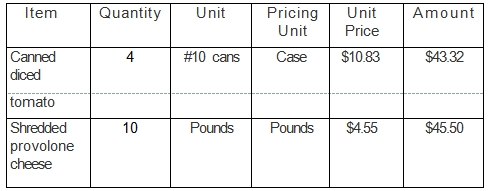In an age where everything old is new again, speakeasy bars are making a triumphant return, captivating patrons with their blend of secrecy, sophistication, and nostalgia.
The Allure of Hidden Entrances and Secret Passwords
One of the most captivating aspects of speakeasy bars is the thrill of discovery. Hidden entrances, whether behind a bookshelf, through a phone booth, or down an unassuming alley, create an air of exclusivity and adventure. The requirement of a secret password adds to the intrigue, making patrons feel like they are part of an exclusive club.
These elements not only heighten the experience but also foster a sense of community among guests. The shared secret of how to access the bar can spark conversations and create connections, enhancing the overall social atmosphere.
Craft Cocktails: A Nod to Prohibition-Era Creativity
During Prohibition, bartenders had to get creative with limited resources, leading to the invention of many classic cocktails we enjoy today. Modern speakeasy bars honor this tradition by emphasizing craft cocktails. Bartenders are often mixologists who take pride in their ability to create unique, high-quality drinks using fresh ingredients and innovative techniques.
The emphasis on craft cocktails not only pays homage to the ingenuity of the past but also attracts patrons looking for a premium drinking experience. Signature drinks and seasonal menus can become a significant draw, encouraging repeat visits and word-of-mouth recommendations.
Immersive Experiences: Transporting Guests Back in Time
A visit to a speakeasy bar is often more than just a night out; it's an immersive experience. From the moment guests step inside, they are transported back to the 1920s. Staff dressed in period-appropriate attire, vintage décor, and carefully curated music all contribute to the ambiance, making patrons feel like they've stepped into a different era.
These immersive elements provide a unique escape from the modern world, offering a sense of nostalgia and novelty. This can be particularly appealing in today's fast-paced society, where people are constantly seeking new and memorable experiences.
The Role of Ambiance: Vintage Décor and Music
Ambiance plays a crucial role in the appeal of speakeasy bars. Vintage décor, including antique furniture, dim lighting, and period-specific art, creates an authentic and cozy atmosphere. Attention to detail is key, with everything from glassware to signage contributing to the overall aesthetic.
Music is another essential component. Jazz, blues, and swing tunes set the mood and enhance the nostalgic vibe. Live performances can elevate the experience even further, providing entertainment that complements the bar's theme and keeps guests coming back for more.
Creating a Community: The Modern-Day Speakeasy Culture
Beyond the novelty and aesthetics, modern-day speakeasy bars foster a sense of community. Regular patrons often become part of a tight-knit group, bonded by their shared love for the unique experience these bars offer. This sense of belonging can be a powerful draw, encouraging repeat business and customer loyalty.
Events such as themed nights, cocktail classes, and exclusive tastings can further strengthen this community, providing opportunities for social interaction and engagement. By creating a welcoming and inclusive environment, speakeasy bars can build a loyal customer base that feels personally connected to the establishment.

 Money losers in a bar come in many forms, and you will want to check your financial records carefully to make sure that you are not being affected by one of these:
Money losers in a bar come in many forms, and you will want to check your financial records carefully to make sure that you are not being affected by one of these: Your market and competitor research will likely reveal that most bars that are successful pay a lot of attention to customers. In fact, great service is one of the surest ways of drawing repeat customers. To draw more patrons to your bar on a regular basis, you do not have to spend a lot of money. However, you do have to think like a customer; you will likely notice a few things that need to change at your establishment:
Your market and competitor research will likely reveal that most bars that are successful pay a lot of attention to customers. In fact, great service is one of the surest ways of drawing repeat customers. To draw more patrons to your bar on a regular basis, you do not have to spend a lot of money. However, you do have to think like a customer; you will likely notice a few things that need to change at your establishment:


